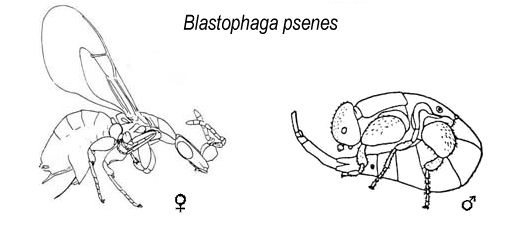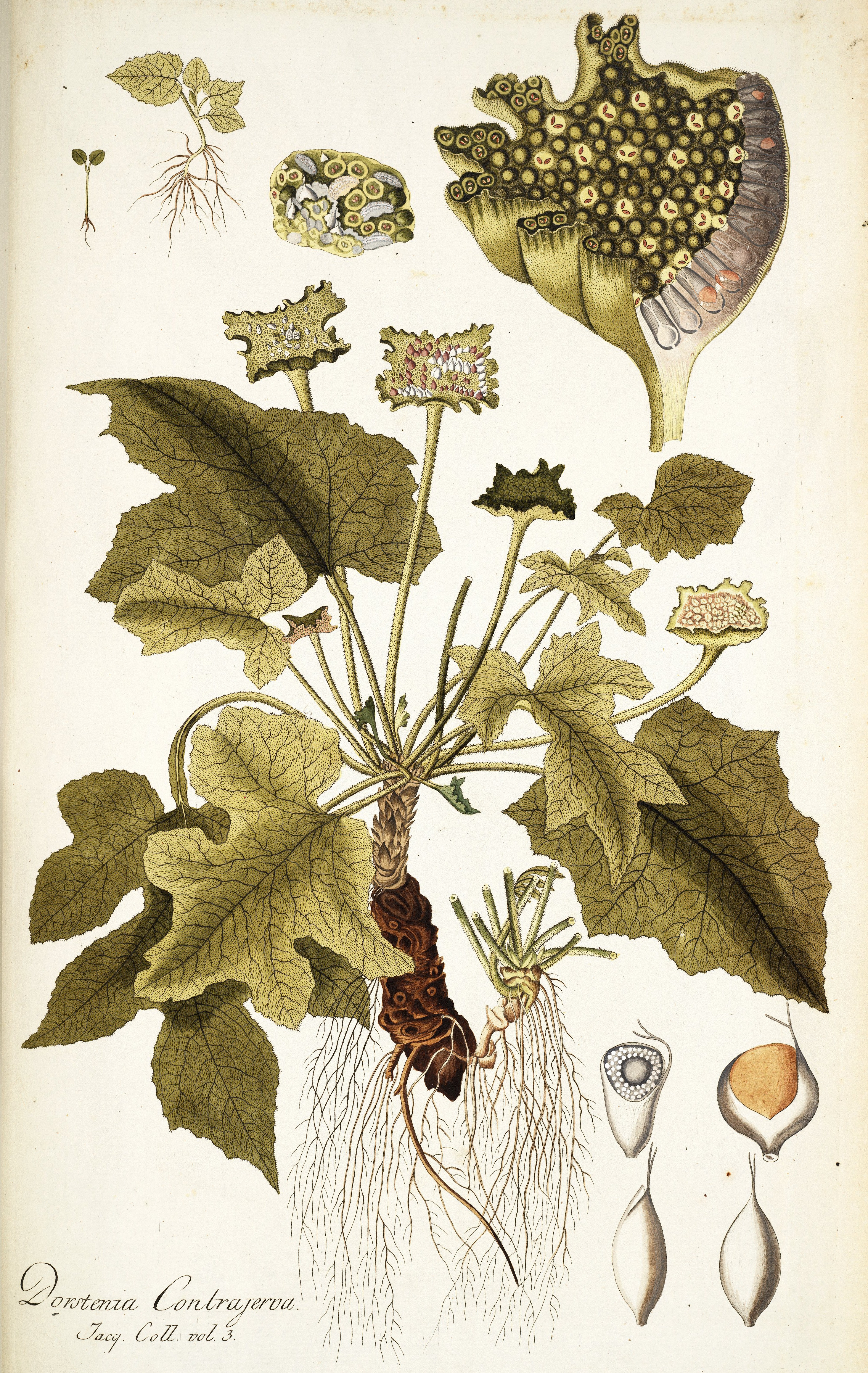|
Cornelis Christiaan Berg
Cornelis Christiaan (Cees) Berg (1934–2012) was a Dutch botanist known for his work on the plant family Moraceae. Early life and education Berg was born on 7 February 1934 in Bandung, Indonesia, then part of the Dutch East Indies, and later moved to Sumatra, near Medan. During World War II, his father was conscripted, and died during the Japanese conquest. Berg was interned with his mother and brothers, and moved to a men's camp at the age of 10. Berg, his mother and siblings, all survived their internment, but his mother died of starvation shortly after. After the war, the orphaned siblings were raised with foster families in the Netherlands. He got his education in the Netherlands, where he went to the school of horticulture at Breda. Career From 1959 to 1966 he worked at some colleges and from 1960 to 1986 held several positions at the University of Utrecht. Later on he graduated from that university in 1962 and 1964 respectively with a Ph.D. in 1973. A year before he ... [...More Info...] [...Related Items...] OR: [Wikipedia] [Google] [Baidu] |
Bandung
Bandung ( su, ᮘᮔ᮪ᮓᮥᮀ, Bandung, ; ) is the capital city of the Indonesian province of West Java. It has a population of 2,452,943 within its city limits according to the official estimates as at mid 2021, making it the fourth most populous city in Indonesia. Greater Bandung (Bandung Basin Metropolitan Area/BBMA) is the country's third-largest metropolitan area, with nearly nine million inhabitants. Located above sea level, the highest point in the North area with an altitude of 1,050 meters and the lowest in the South is 675 meters above sea level, approximately southeast of Jakarta, Bandung has cooler year-round temperatures than most other Indonesian cities. The city lies on a river basin surrounded by volcanic mountains that provides a natural defence system, which was the primary reason for the Dutch East Indies government's plan to move the capital from Batavia (modern-day Jakarta) to Bandung. The Dutch first established tea plantations around the mou ... [...More Info...] [...Related Items...] OR: [Wikipedia] [Google] [Baidu] |
Netherlands
) , anthem = ( en, "William of Nassau") , image_map = , map_caption = , subdivision_type = Sovereign state , subdivision_name = Kingdom of the Netherlands , established_title = Before independence , established_date = Spanish Netherlands , established_title2 = Act of Abjuration , established_date2 = 26 July 1581 , established_title3 = Peace of Münster , established_date3 = 30 January 1648 , established_title4 = Kingdom established , established_date4 = 16 March 1815 , established_title5 = Liberation Day (Netherlands), Liberation Day , established_date5 = 5 May 1945 , established_title6 = Charter for the Kingdom of the Netherlands, Kingdom Charter , established_date6 = 15 December 1954 , established_title7 = Dissolution of the Netherlands Antilles, Caribbean reorganisation , established_date7 = 10 October 2010 , official_languages = Dutch language, Dutch , languages_type = Regional languages , languages_sub = yes , languages = , languages2_type = Reco ... [...More Info...] [...Related Items...] OR: [Wikipedia] [Google] [Baidu] |
Academic Staff Of The University Of Bergen
An academy (Attic Greek: Ἀκαδήμεια; Koine Greek Ἀκαδημία) is an institution of secondary or tertiary higher learning (and generally also research or honorary membership). The name traces back to Plato's school of philosophy, founded approximately 385 BC at Akademia, a sanctuary of Athena, the goddess of wisdom and skill, north of Athens, Greece. Etymology The word comes from the ''Academy'' in ancient Greece, which derives from the Athenian hero, ''Akademos''. Outside the city walls of Athens, the gymnasium was made famous by Plato as a center of learning. The sacred space, dedicated to the goddess of wisdom, Athena, had formerly been an olive grove, hence the expression "the groves of Academe". In these gardens, the philosopher Plato conversed with followers. Plato developed his sessions into a method of teaching philosophy and in 387 BC, established what is known today as the Old Academy. By extension, ''academia'' has come to mean the accumulation, dev ... [...More Info...] [...Related Items...] OR: [Wikipedia] [Google] [Baidu] |
Utrecht University Alumni
Utrecht ( , , ) is the fourth-largest city and a municipality of the Netherlands, capital and most populous city of the province of Utrecht. It is located in the eastern corner of the Randstad conurbation, in the very centre of mainland Netherlands, about 35 km south east of the capital Amsterdam and 45 km north east of Rotterdam. It has a population of 361,966 as of 1 December 2021. Utrecht's ancient city centre features many buildings and structures, several dating as far back as the High Middle Ages. It has been the religious centre of the Netherlands since the 8th century. It was the most important city in the Netherlands until the Dutch Golden Age, when it was surpassed by Amsterdam as the country's cultural centre and most populous city. Utrecht is home to Utrecht University, the largest university in the Netherlands, as well as several other institutions of higher education. Due to its central position within the country, it is an important hub for both rail and road t ... [...More Info...] [...Related Items...] OR: [Wikipedia] [Google] [Baidu] |
2012 Deaths
This is a list of deaths of notable people, organised by year. New deaths articles are added to their respective month (e.g., Deaths in ) and then linked here. 2022 2021 2020 2019 2018 2017 2016 2015 2014 2013 2012 2011 2010 2009 2008 2007 2006 2005 2004 2003 2002 2001 2000 1999 1998 1997 1996 1995 1994 1993 1992 1991 1990 1989 1988 1987 See also * Lists of deaths by day The following pages, corresponding to the Gregorian calendar, list the historical events, births, deaths, and holidays and observances of the specified day of the year: Footnotes See also * Leap year * List of calendars * List of non-standard ... * Deaths by year {{DEFAULTSORT:deaths by year ... [...More Info...] [...Related Items...] OR: [Wikipedia] [Google] [Baidu] |
1934 Births
Events January–February * January 1 – The International Telecommunication Union, a specialist agency of the League of Nations, is established. * January 15 – The 8.0 Nepal–Bihar earthquake strikes Nepal and Bihar with a maximum Mercalli intensity of XI (''Extreme''), killing an estimated 6,000–10,700 people. * January 26 – A 10-year German–Polish declaration of non-aggression is signed by Nazi Germany and the Second Polish Republic. * January 30 ** In Nazi Germany, the political power of federal states such as Prussia is substantially abolished, by the "Law on the Reconstruction of the Reich" (''Gesetz über den Neuaufbau des Reiches''). ** Franklin D. Roosevelt, President of the United States, signs the Gold Reserve Act: all gold held in the Federal Reserve is to be surrendered to the United States Department of the Treasury; immediately following, the President raises the statutory gold price from US$20.67 per ounce to $35. * February 6 – F ... [...More Info...] [...Related Items...] OR: [Wikipedia] [Google] [Baidu] |
Fig Wasp
Fig wasps are wasps of the superfamily Chalcidoidea which spend their larval stage inside figs. Most are pollinators but others simply feed off the plant. The non-pollinators belong to several groups within the superfamily Chalcidoidea, while the pollinators are in the family Agaonidae. While pollinating fig wasps are gall-makers, the remaining types either make their own galls or usurp the galls of other fig wasps; reports of their being parasitoids are considered dubious. History Aristotle recorded in his ''History of Animals'' that the fruits of the wild fig (the caprifig) contain ''psenes'' (fig wasps); these begin life as grubs (larvae), and the adult ''psen'' splits its "skin" (pupa) and flies out of the fig to find and enter a cultivated fig, saving it from dropping. He believed that the ''psen'' was generated spontaneously; he did not recognise that the fig was reproducing sexually and that the ''psen'' was assisting in that process. Taxonomy The fig wasps are a pol ... [...More Info...] [...Related Items...] OR: [Wikipedia] [Google] [Baidu] |
Platyscapa Bergi
''Platyscapa'' is a genus of 19 species of pollinating fig wasps found in Africa and Madagascar, Middle East, southern Asia and the Indo-Pacific islands. They are pollinators of ''Ficus'' species belonging to subsections '' Conosycea'' and '' Urostigma''. Species *'' Platyscapa awekei'' Wiebes, 1977 *'' Platyscapa arnottiana'' Abdurahiman, 1980 *'' Platyscapa bergi'' Wiebes, 1986 *'' Platyscapa corneri'' Wiebes, 1980 *'' Platyscapa coronata'' (Grandi, 1928) *''Platyscapa binghami ''Platyscapa'' is a genus of 19 species of pollinating fig wasps found in Africa and Madagascar, Middle East, southern Asia and the Indo-Pacific islands. They are pollinators of ''Ficus ''Ficus'' ( or ) is a genus of about 850 species of wo ...'' Wiebes, 1980 *'' Platyscapa desertorum'' Compton, 1990 *'' Platyscapa etiennei'' Wiebes, 1977 *'' Platyscapa fischeri'' Wiebes, 1977 *'' Platyscapa frontalis'' Motschulsky, 1863 *'' Platyscapa hsui'' Chen & Chou, 1997 *'' Platyscapa indica'' Priyadar ... [...More Info...] [...Related Items...] OR: [Wikipedia] [Google] [Baidu] |
Dorstenia Bergiana
''Dorstenia'' is a genus within the mulberry family, Moraceae. Depending on the author, there are said to be 100 to 170 species within this genus, second only in number to the genus ''Ficus'' within Moraceae. ''Dorstenia'' species are mainly known for their unusual inflorescences and growth habits. ''Dorstenia'' is named in honor of the German physician and botanist Theodor Dorsten (1492–1552).Genaust, Helmut (1976). ''Etymologisches Wörterbuch der botanischen Pflanzennamen'' The type species is ''Dorstenia contrajerva''. Growth habit ''Dorstenia'' is unique in the family Moraceae because of the extremely diverse growth habits and forms of its species. While the majority of Moraceae are woody perennials, ''Dorstenia'' species are predominantly herbaceous, succulent, or suffrutescent perennials. Only 10% exhibit the typical woody habit of the Moraceae. The spectrum of the genus ''Dorstenia'' ranges from small annuals to perennial herbaceous plants with and without rhizome ... [...More Info...] [...Related Items...] OR: [Wikipedia] [Google] [Baidu] |
Flora Neotropica
''Flora Neotropica'' is a series of monographs published by the New York Botanical Garden Press, and is the official publication of the Organization for Flora Neotropica. It covers the taxonomic treatment of American plants and plant families in the region of the Tropic of Cancer to the Tropic of Capricorn. The journal is edited by Thomas A. Zanoni (New York Botanical Garden The New York Botanical Garden (NYBG) is a botanical garden at Bronx Park in the Bronx, New York City. Established in 1891, it is located on a site that contains a landscape with over one million living plants; the Enid A. Haupt Conservatory, ...). The journal was established in 1967 and is published on an irregular basis. External links * Organization for Flora Neotropica Botany journals English-language journals Publications established in 1967 Neotropical realm Irregular journals {{botany-journal-stub ... [...More Info...] [...Related Items...] OR: [Wikipedia] [Google] [Baidu] |
Breda
Breda () is a city and municipality in the southern part of the Netherlands, located in the province of North Brabant. The name derived from ''brede Aa'' ('wide Aa' or 'broad Aa') and refers to the confluence of the rivers Mark and Aa. Breda has 185,072 inhabitants on 13 September 2022 and is part of the Brabantse Stedenrij; it is the ninth largest city/municipality in the country, and the third largest in North Brabant after Eindhoven and Tilburg. It is equidistant between Rotterdam and Antwerp. As a fortified city, it was of strategic military and political significance. Although a direct Fiefdom of the Holy Roman Emperor, the city obtained a municipal charter; the acquisition of Breda, through marriage, by the House of Nassau ensured that Breda would be at the centre of political and social life in the Low Countries. Breda had a population of in ; the metropolitan area had a population of . History In the 11th century, Breda was a direct fief of the Holy Roman Emperor ... [...More Info...] [...Related Items...] OR: [Wikipedia] [Google] [Baidu] |


.jpg)



